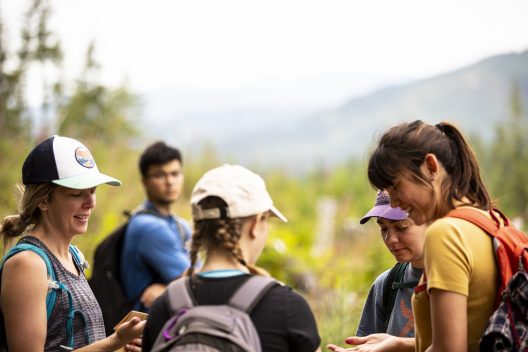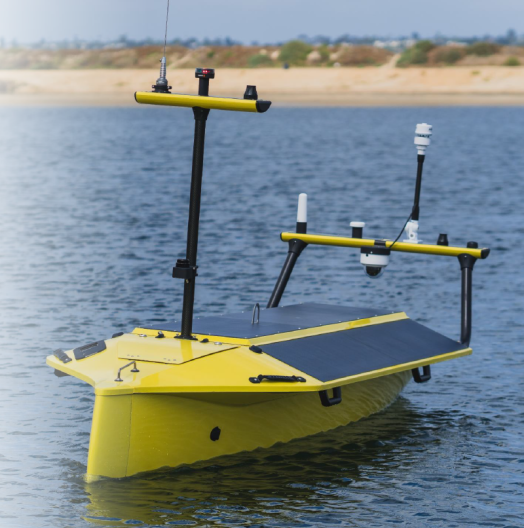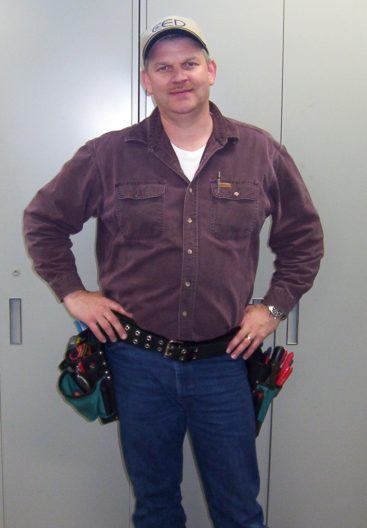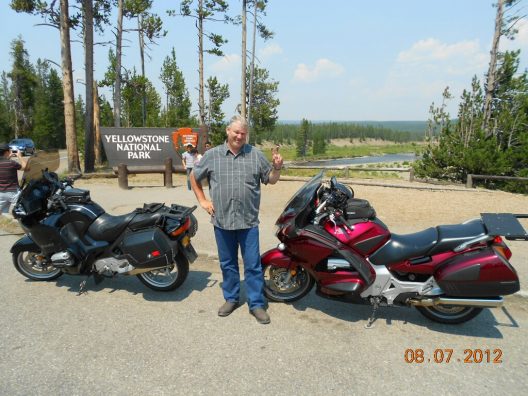The Type 3 (T3) watershed experiment began in 2018, out of a partnership between the Olympic Natural Resource Center (ONRC) led mainly by director Bernard Bormann and SEFS affiliate professor, Teodora Minkova with the Washington Department of Natural Resources (WA DNR). Formulated in meetings with environmental leaders, rural community and timber industry representatives, tribal councils, and DNR resource managers and practitioners, the initial concept for the partnership was clear: conduct a rigorous, science-based experiment at the scale at which land management operations are planned and conducted. The project came to life on 16 watersheds totalling 20,000 acres in Olympic Experimental State Forest on the western Olympic Peninsula of Washington state.
 Often, research is conducted at a small scale that is difficult to apply to management. The T3 watershed experiment team first developed two novel landscape-management strategies to compare to standard practices conducted on state lands and no-action controls on individual study watersheds. The novel strategies harnessed ideas from researchers, stakeholders, and tribes and then molded them into operationally feasible approaches with help from resource managers and practitioners. New prescriptions emerged within the novel strategies and were applied through timber sales (and later through silvicultural treatments) at an operational scale (about 30 acres). Management was laid out using a rigorous experimental design to give confidence that strategies and prescriptions could be compared and repeated elsewhere.
Often, research is conducted at a small scale that is difficult to apply to management. The T3 watershed experiment team first developed two novel landscape-management strategies to compare to standard practices conducted on state lands and no-action controls on individual study watersheds. The novel strategies harnessed ideas from researchers, stakeholders, and tribes and then molded them into operationally feasible approaches with help from resource managers and practitioners. New prescriptions emerged within the novel strategies and were applied through timber sales (and later through silvicultural treatments) at an operational scale (about 30 acres). Management was laid out using a rigorous experimental design to give confidence that strategies and prescriptions could be compared and repeated elsewhere.
One prescription was inspired by stakeholder and tribal interest in growing more western redcedar on the landscape. Redcedar provides ecological benefits, has strong cultural importance, and has high timber value. In this prescription, redcedar will be grown with red alder, another species important for local communities with additional ecological benefits. Alder harvest is economically important for local communities and has declined in the region.
The experiment has created a unique learning opportunity for students interested in science-based adaptive management. “The T3 study has enormous education potential for graduate and undergraduate students due to the variety of research topics and implementation activities, the opportunities for hands-on experience in environmental monitoring, and the large, well-documented datasets. More than 13 students have completed or are working on capstone, MS or PhD research,” said Minkova.
What grew out of the initial concept was beyond what anyone could foresee. Along with the successful integration of scientific and management goals, the watershed experiment would provide lessons in learning-based collaboration, culminating in a model that brought scientists, managers, stakeholders, tribal representatives, and community members to the table over shared goals and holistic management of our forested environments.
“The intent was to think about the overarching goal of achieving ecosystem wellbeing, both in the environmental aspect of wellbeing and the community aspect of wellbeing” said Bormann. The focus on community buy-in and learning-based collaboration grew out of years of meetings, interviews, field tours, conferences, and interactions that built public support for the effort, and led to unexpected connections. Groups that often clash found common ground in asking research questions that have implications for their livelihoods and communities. ONRC Research Scientist Courtney Bobsin has been a part of finding this common ground, and encouraging collaboration within the experiment.
 “People who don’t tend to agree on a lot of things, like people in the environmental community and the timber community, could both find interest in the T3 prescriptions and could see the merits in the research questions we were asking, in part because they were all involved in developing this,” said Bobsin.
“People who don’t tend to agree on a lot of things, like people in the environmental community and the timber community, could both find interest in the T3 prescriptions and could see the merits in the research questions we were asking, in part because they were all involved in developing this,” said Bobsin.
In 2022, participants, scientists, and land managers in the experiment coalesced into learning groups to allow for deeper focus on topics that interested them. The topics ranged from invasive species, carbon sequestration, and harvest economics, to remote sensing, and tribal. One group has created a sub-study to look at how Western redcedar can regenerate under pressure from browsing by elk and deer, while another is working with a non-profit that engages veterans in outdoor activities to look at the mental health benefits of forests.
“We see these learning groups as an extension of the way in which we collaborate, with a focus on learning. Learning from the outcome of the group’s work, but also learning about the process itself. How do we work together? How do we collaborate together and find common ground and put forth things that are interesting to the group that are also contributing to the T3 study?” said Bobsin.
This year, all 13 timber sales implementing the T3 Watershed Experiment have been purchased at WADNR auctions, including more than 2,000 acres in the study watersheds. This is a milestone for the project and a significant achievement given the complexities of a management experiment of this scale. As road work and timber harvest begin in several timber sales, the focus of the project participants is shifting to compliance with the research designs, implementing the silviculture activities such as tree planting, and post-harvest monitoring.








